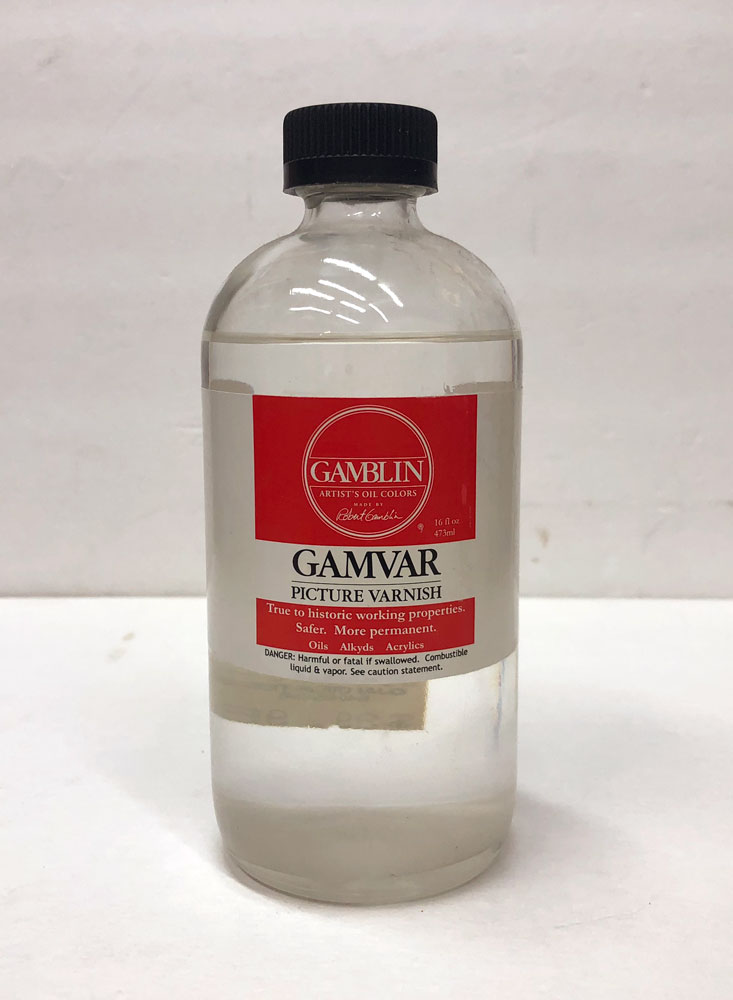Three Reasons to Varnish

1. To protect the surface
2. To create an even sheen (glossy or matte)
3. To revive the saturation of colors that have become dull due to the drying process
#1 is definitely the most important reason to varnish an oil painting. Dust and grime can accumulate on the surface of paintings over time, especially if a painting hangs in a smoky environment. The protective layer of varnish can be removed to restore the painting to its original look. But you have to be sure to use a removable varnish.
2. To create an even sheen (glossy or matte)
3. To revive the saturation of colors that have become dull due to the drying process
#1 is definitely the most important reason to varnish an oil painting. Dust and grime can accumulate on the surface of paintings over time, especially if a painting hangs in a smoky environment. The protective layer of varnish can be removed to restore the painting to its original look. But you have to be sure to use a removable varnish.
The #2 reason is what alerted me that my friend’s painting needed varnish. As an oil painting dries, the surface may not end up with a uniform sheen. Sometimes this is caused by the pigment mixtures themselves and whether any mediums were used. Other times it depends on whether all parts of the painting were allowed to dry at the same rate. Either way, a varnish layer will bring the surface of the painting to an even sheen.
Reason #3 has to do mainly with color. Even if the painting dries to a uniform sheen, sometimes certain colors will end up looking duller than they did when they were wet. You may notice this effect in areas painted with dark earth tones like burnt umber. In artist jargon we might say that the color dried “flat.” A coat of varnish can bring back the saturation of these flat colors.
Recommended Varnish
Now that we know the reasons to varnish, how do we go about choosing a varnish? As I mentioned already, be sure to look for a removable varnish. I think it’s also important to choose a varnish that doesn’t change color. (Widely-used varnishes made from tree resins like dammar can yellow and darken over time. As you might know, I do my best to avoid materials that cause yellowing.)
In the 1990s, Robert Gamblin collaborated with the National Gallery of Art in Washington DC to create a better varnish for artists and conservators. The result is Gamvar Picture Varnish. Gamvar is removable with mineral spirits and Gamblin claims that it will stay water-clear over time. You can even pick your desired sheen with gloss, satin and matte versions available. I’m partial to the matte look myself.
